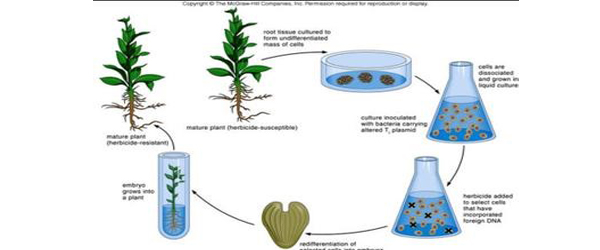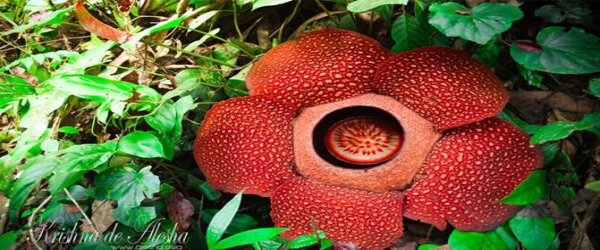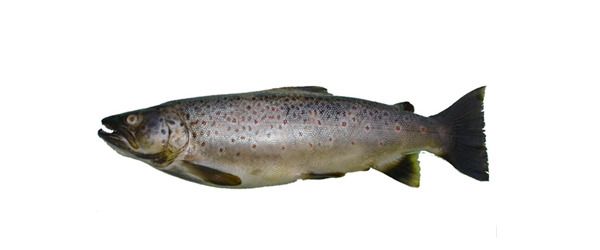BENTHIC MACRO-INVERTEBRATE AS BIOLOGICAL INDICATOR
Benthic Macro Invertebrate As Biological Indicator Benthic macro invertebrates live in a wide variety of habitats and can be found from the smallest headwater streams down to the largest rivers. In general, benthic organisms are most diverse in the fast flowing riffle and run areas of streams. Compared to pools and glides, riffles and runs […]
BENTHIC MACRO-INVERTEBRATE AS BIOLOGICAL INDICATOR Read More »











